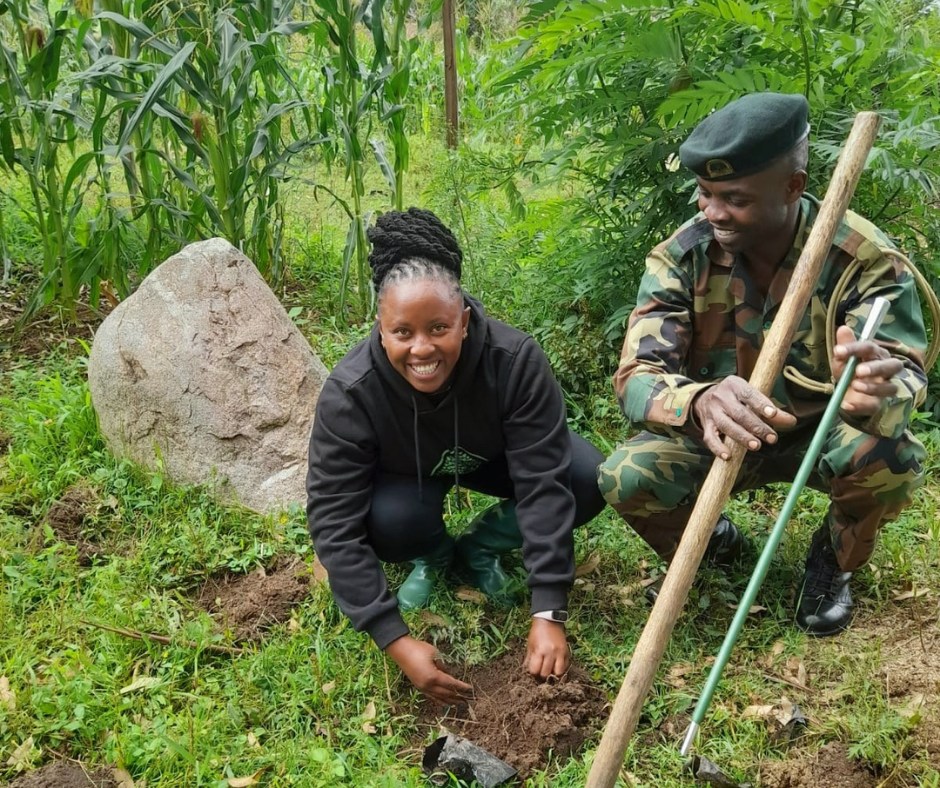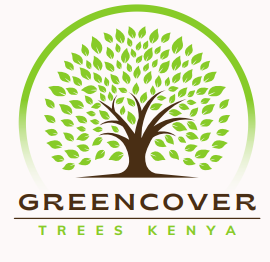 25 April
25 April
How to build the next natural Wonder of the World
The Sahel is at the frontline of our global efforts to combat climate change. It stretches across the entire width of the African continent: from Senegal in the west, crossing 8,000km to Djibouti in the east. It may not yet have global name recognition like the Amazon, but what happens here is absolutely vital to climate change efforts everywhere.
Unless we begin to seriously address the effects of land degradation in this region, we will only be scratching the surface of the deep challenges that the whole world faces from the environmental impacts of climate change and its related socio-economic consequences, including drought, famine, conflict over scarce resources and migration.
Unless we successfully restore the degraded Sahel region, we won’t attain many of the global goals that we have set, whether under the rubric of AFR100, the UN Decade on Ecosystem Restoration or the 1 trillion trees platform. But make no mistake: restoring the Sahel is about much more than mitigating climate change. Land restoration combats poverty and hunger, builds local resilience to climate change, improves health and well-being, creates jobs, boosts economic opportunities, and much more.
To put it simply: restoration of the Sahel is a matter of life and death for the whole world. We need bold, ecopreneurial ideas to help contribute to this effort, which is why Uplink and 1t.org are launching the Trillion Trees Challenge: the Sahel and the Great Green Wall.
What are the challenges and opportunities?
There are many challenges associated with the restoration of the Sahel. First and foremost is the region’s endemic insecurity and political instability. Given the region’s porous borders, a political or security crisis in one country often spills over into neighbouring territories. These include armed conflicts as well terrorist attacks by extremist groups, including those by Boko Haram in the Lake Chad Basin. In turn, this escalating violence and insecurity has sparked an unprecedented humanitarian crisis in countries across the region, including Burkina Faso, Côte d’Ivoire, Ghana, Guinea, Niger and Togo.
Climate change is another major challenge for the region. According to the UN, temperatures there are rising 1.5 times faster than the global average, resulting in recurrent famine episodes. The impacts of climate change, caused by actors many thousands of miles away, are felt acutely by the communities in this region; those who have done the least to contribute to climate-altering greenhouse gas emissions are the often the most harmed by climate change and least able to protect themselves or avoid its effects.
Yet, at the same time, the Sahel offers great opportunities for those willing to engage with this region. Its greatest asset is, undoubtedly, its 135 million people. And it is these people who call the Sahel home that will lead its restoration. We know that a community which understands the root causes of the challenges it faces is empowered to take action to address them. Supported by their governments, vested with climate smart policies and programmes, and receiving adequate financial and technical resources, these communities will be able to make the changes we all want to see.
The Sahel sits atop some of the largest aquifers on the continent, according to the UN. Groundwater systems are the region’s main source of fresh water and forests recharge groundwater. Water is life and trees are life. We must remember, however, that to be sustainable, approaches to landscape restoration must be holistic and integrated to include biodiversity protection and restoration. This means that landscape restoration should include and equitably represent all stakeholders and interests, including agricultural practices that incorporate traditional farming, herding and hunting practices. Traditional and cultural knowledge, practices and values are not inherently antithetical to reforestation; in fact, enabling and empowering communities to use their knowledge can be a powerful way to build resilience in the Sahel.
The Sahel region is also home to a vast array of natural resources that can be harnessed for sustainable economic and social development, including tourism and culture, and there is tremendous potential for solar and wind energy development.
What is the importance of women and local communities in bringing about change?
The African Union Agenda 2063 recognizes that inclusive growth and sustainable development must be people-driven and rely on the potential of Africans, especially women and youth. But what does this mean in practice?
Political stability, peace and security and reforms in governance have changed the political landscape, and these are an absolute precursor to sustainable development. In the absence of such conditions, the most vulnerable members of communities – those without a safety net that protects them from sudden income loss, drastic changes in weather or an outbreak in conflict – are the ones who have very limited capacity to protect themselves from such risks. And as we know, when we talk about the most vulnerable members of the community, it is women and youth who are the majority.
That means we must encourage women and youth entrepreneurship, and provide training in skills that allow them to successfully innovate. Nature-based businesses and the creation of circular economies will help restore the ecosystem while also generating income for communities. The creation of opportunities in agroforestry are particularly vital for women, empowering them to earn incomes while also helping to address food insecurity.
The Sahel is one of the world’s most youthful regions, with 64.5% of the population aged under 25. Strengthening existing youth movements makes a huge contribution toward conflict prevention and peacebuilding. By integrating women and youth into the national labour market, we can help improve living conditions in the Sahel.
